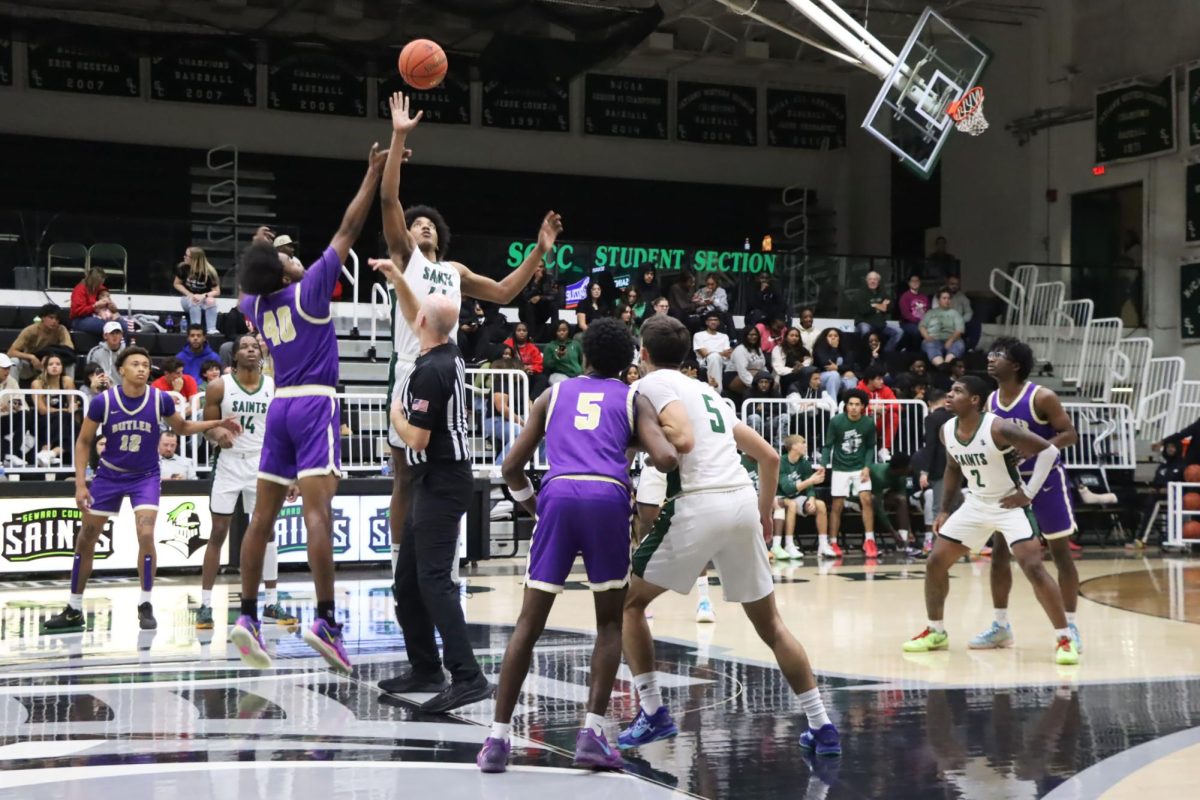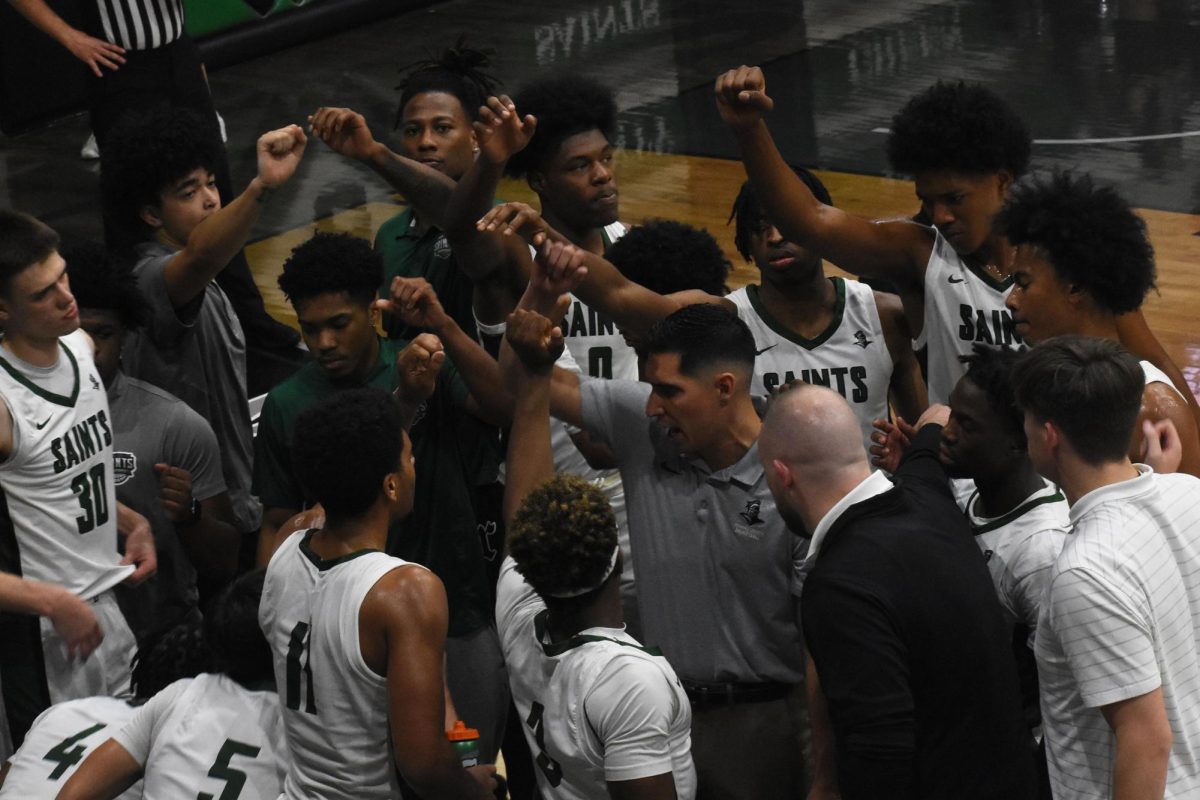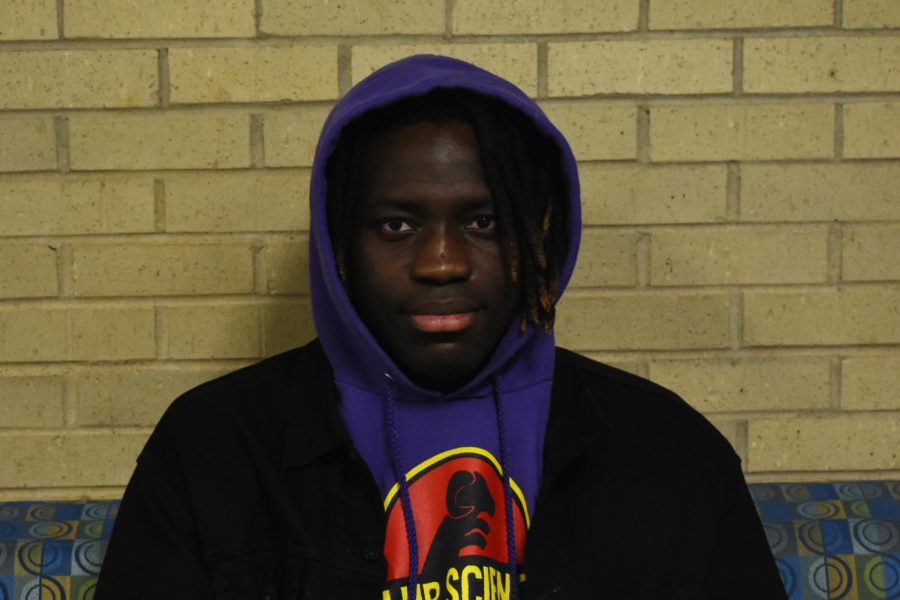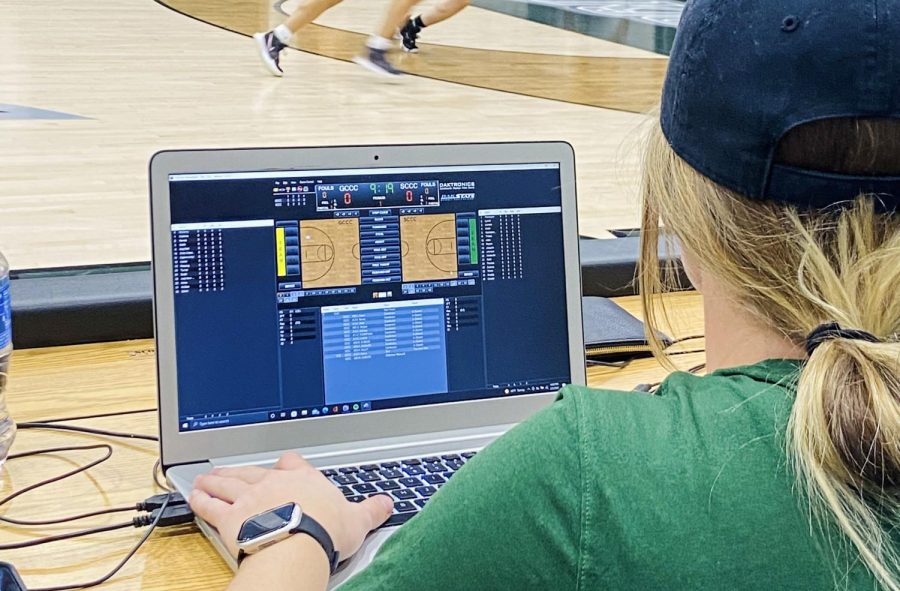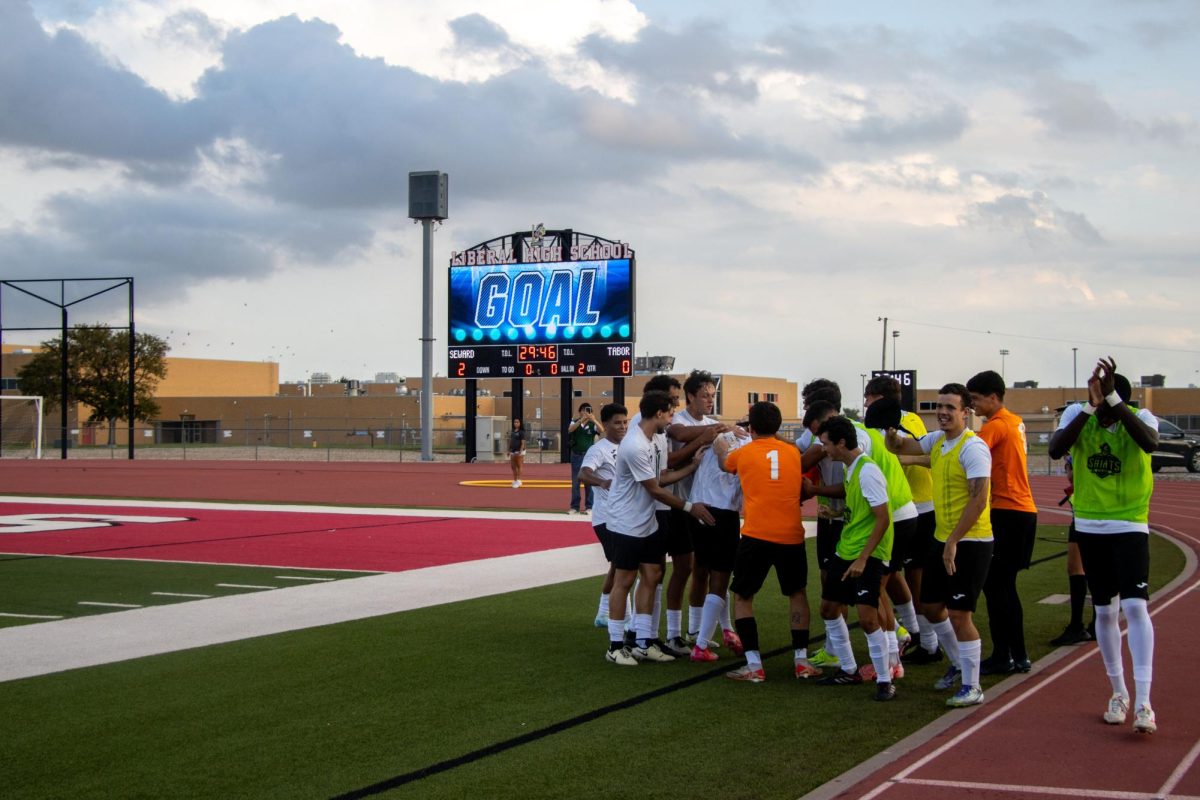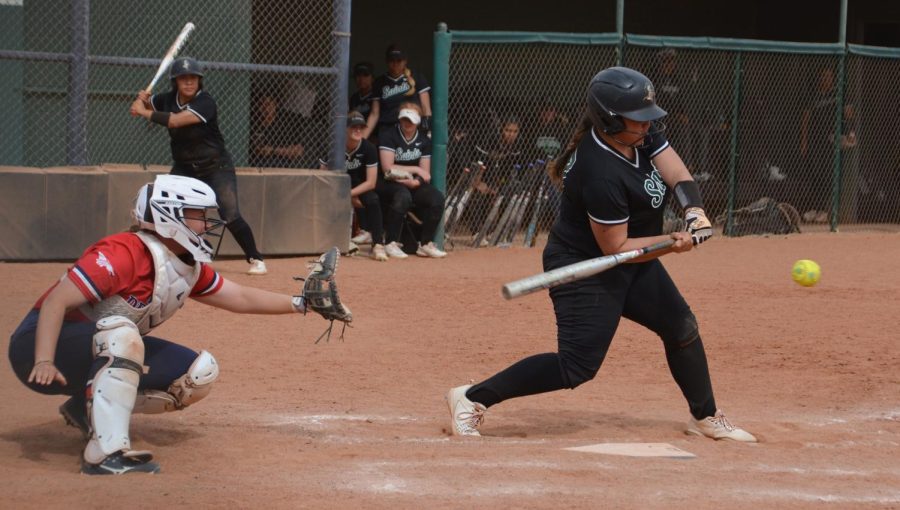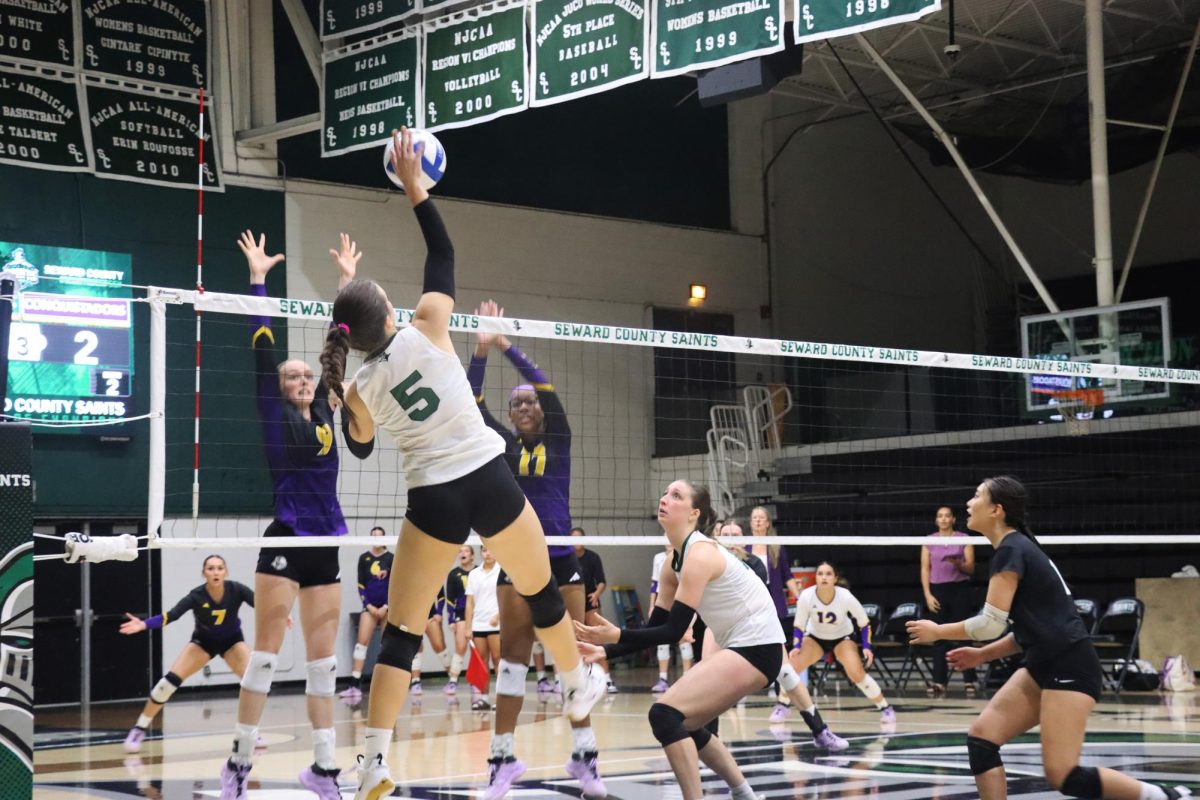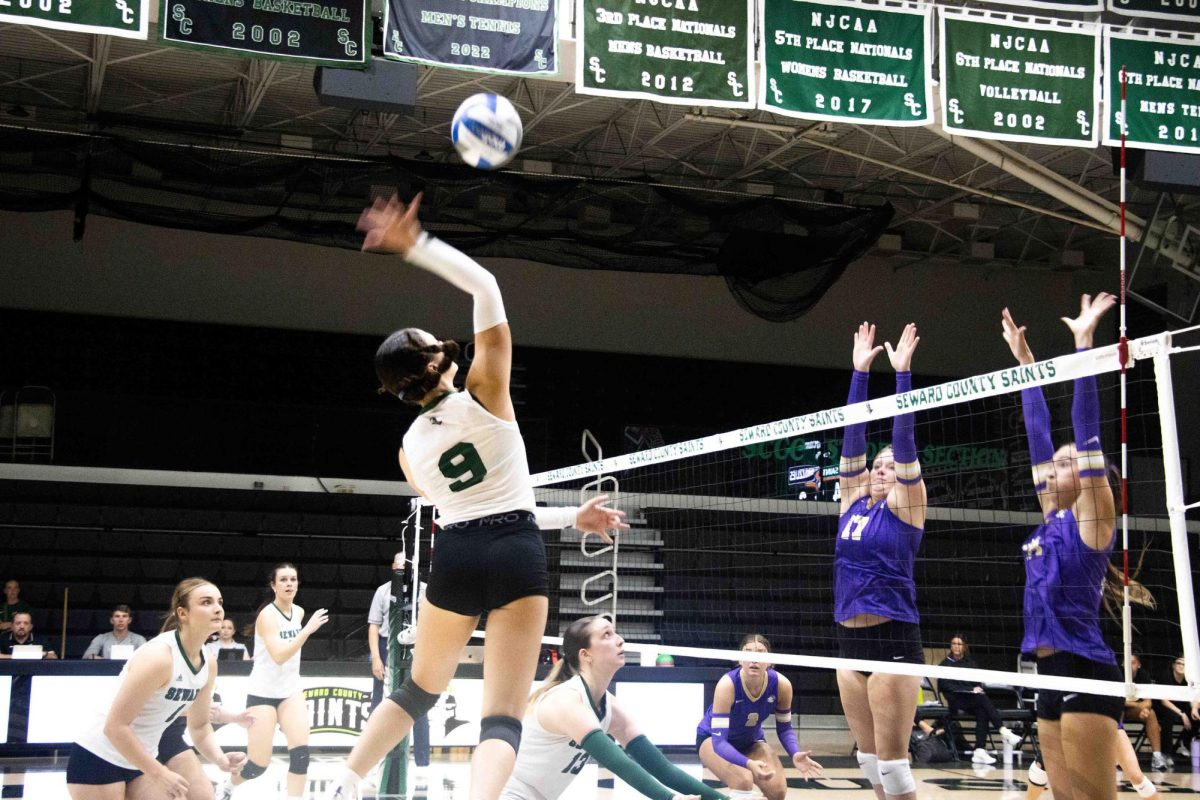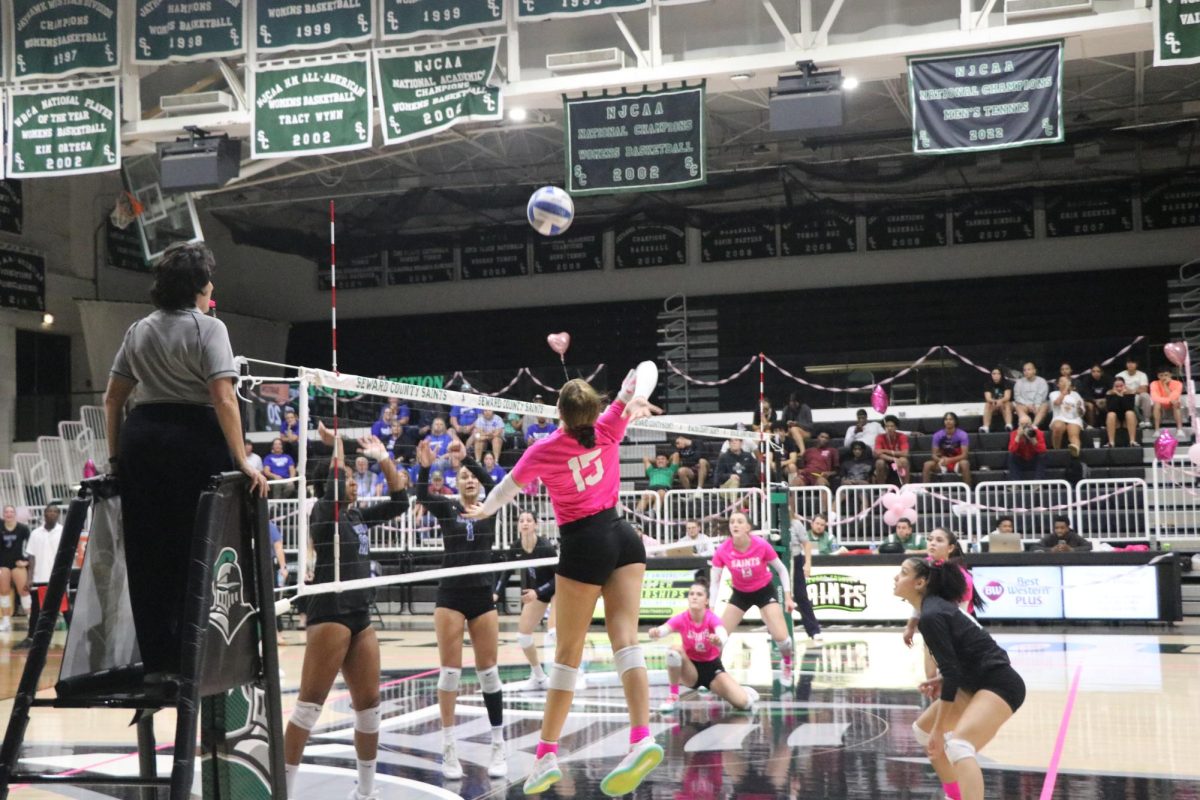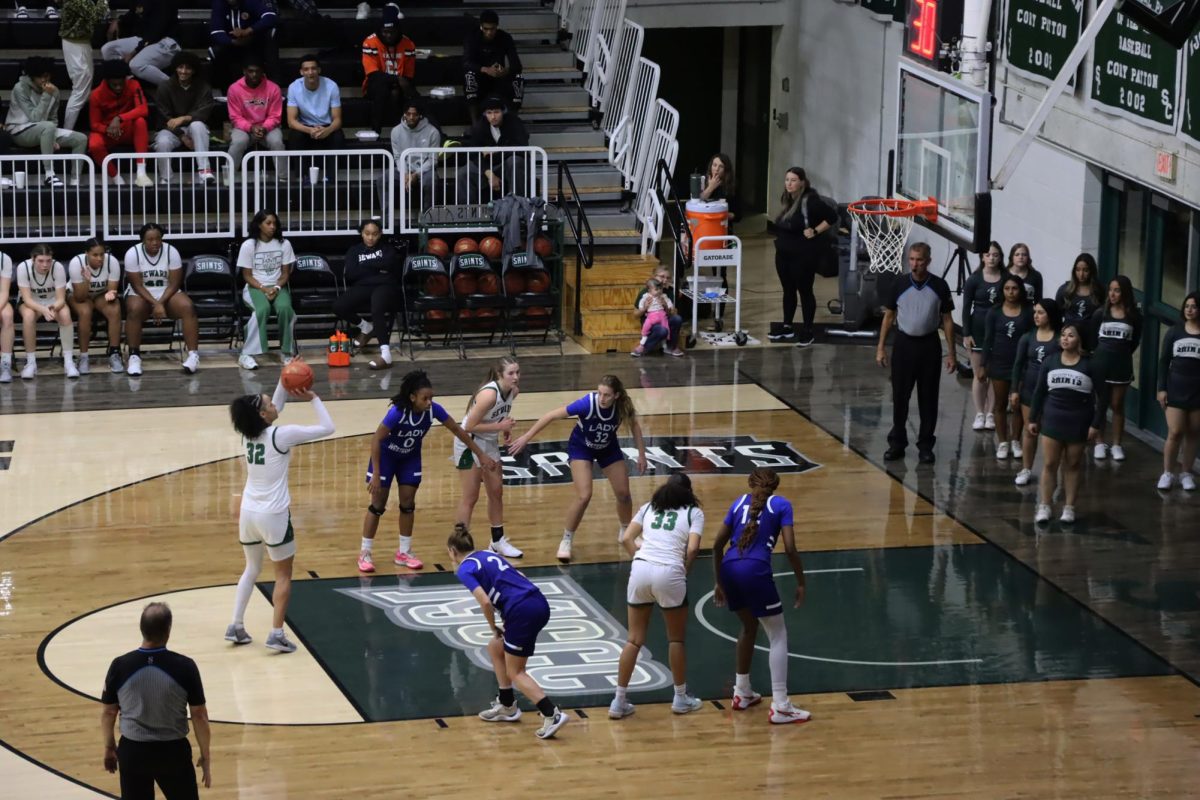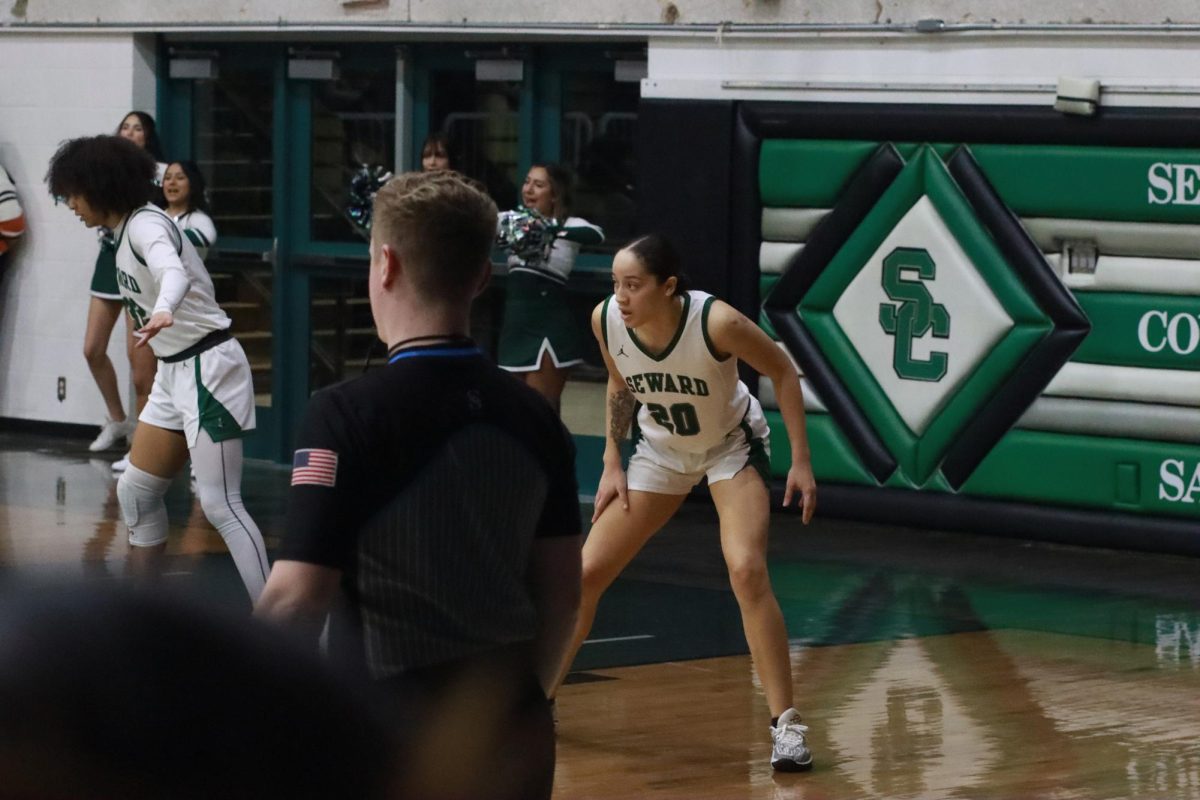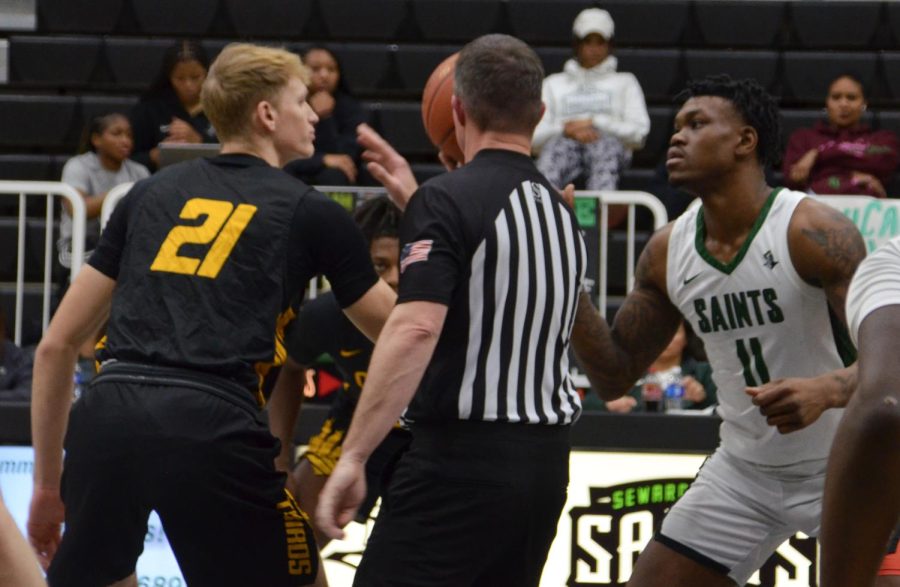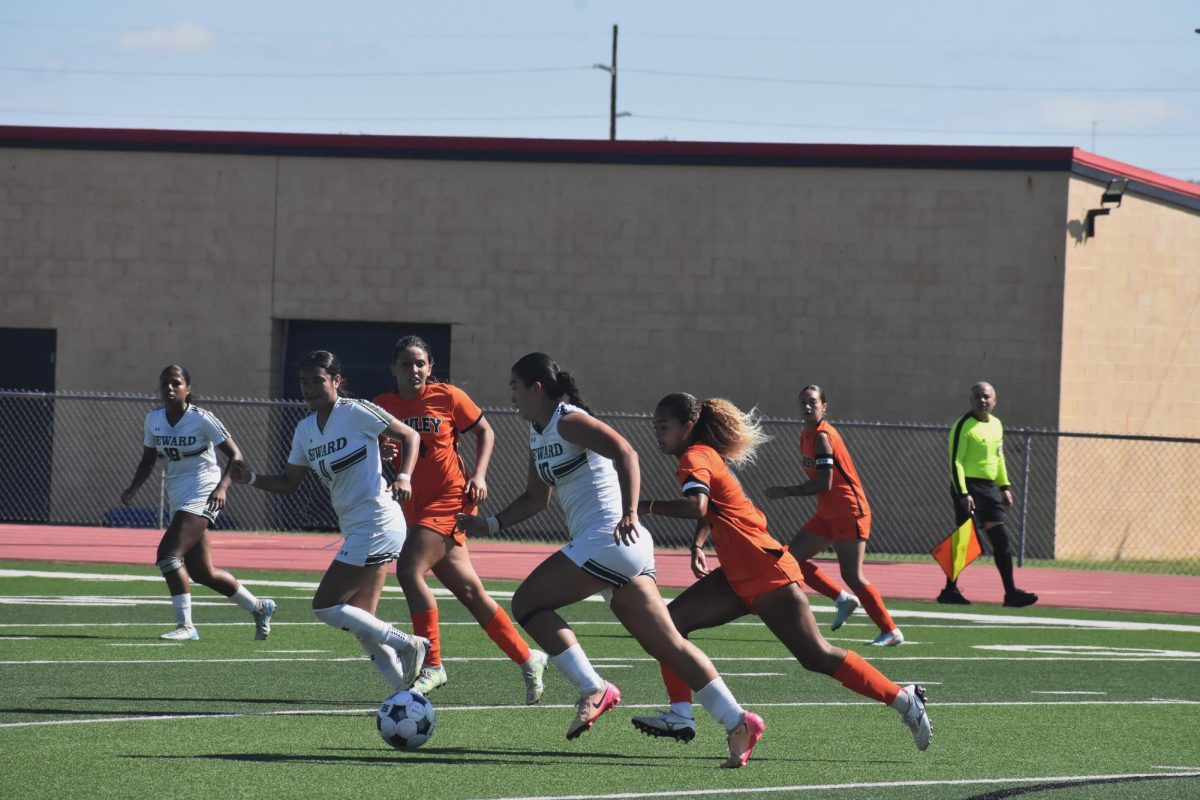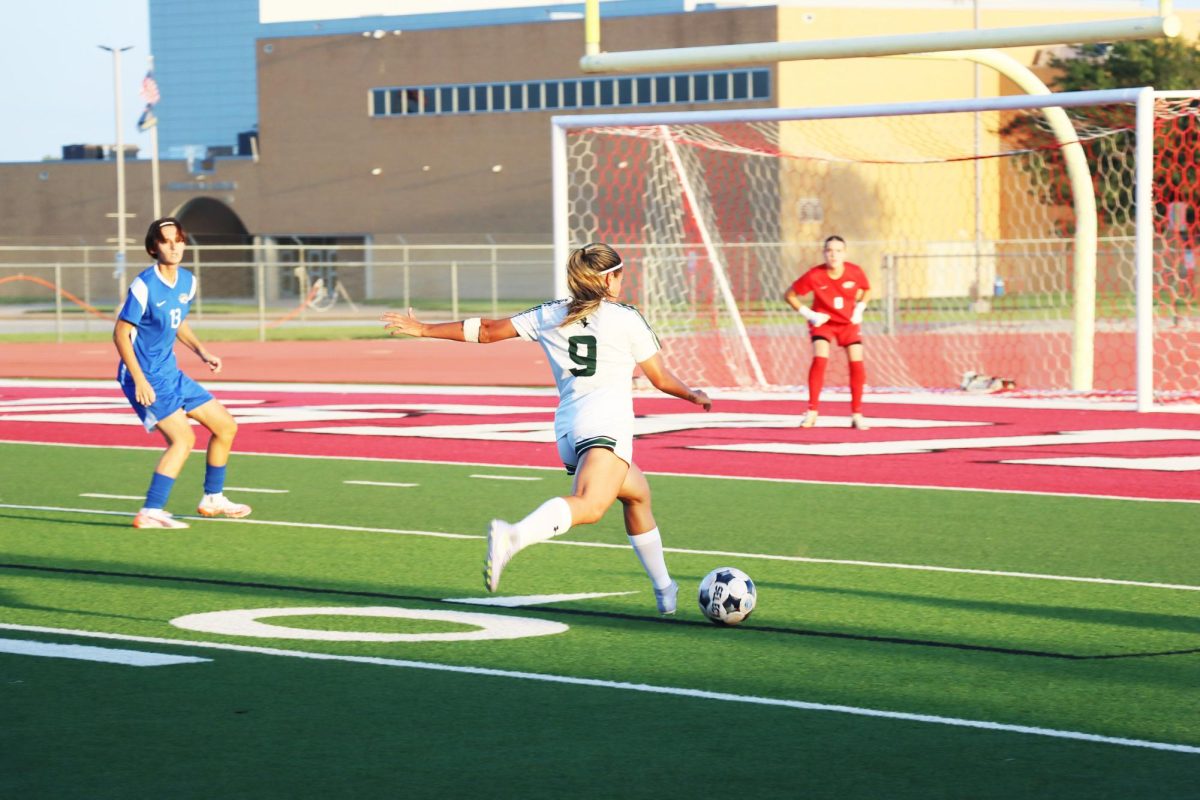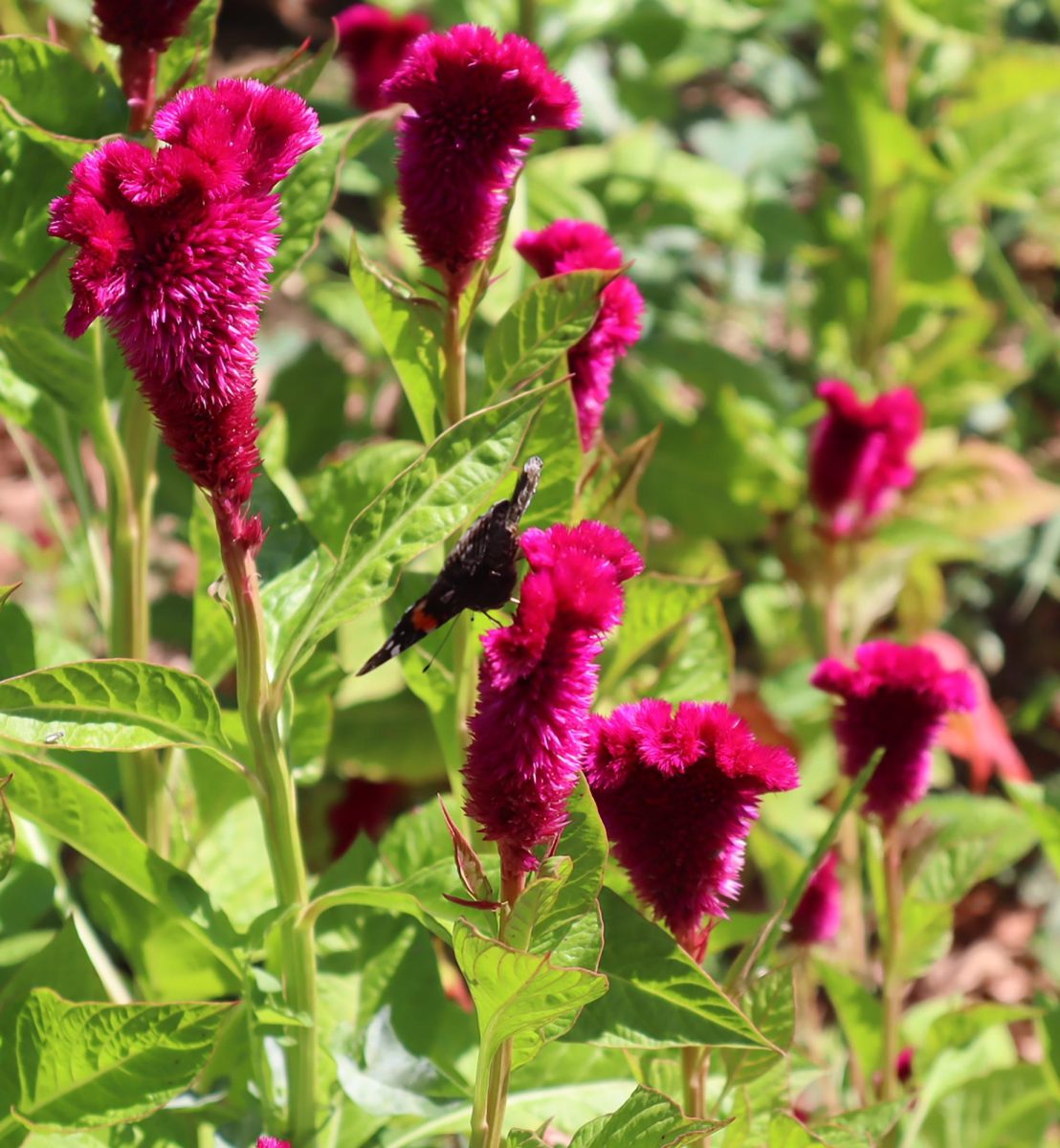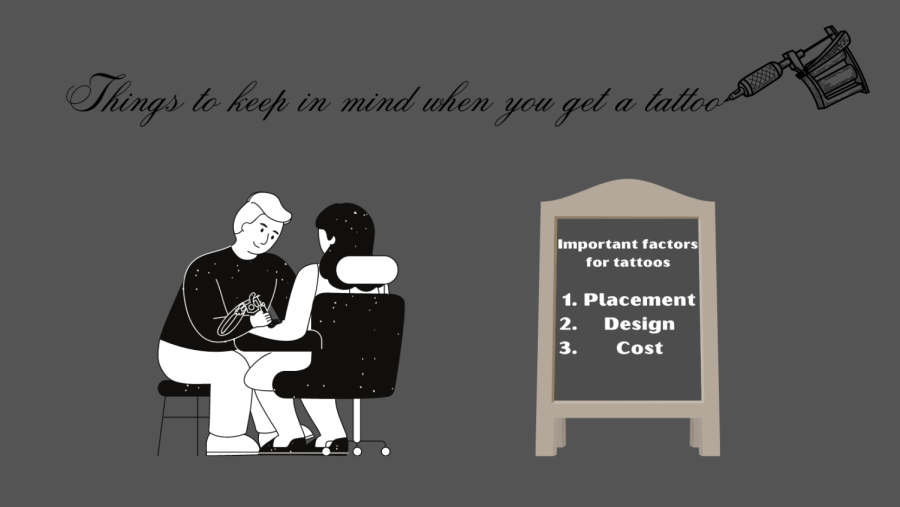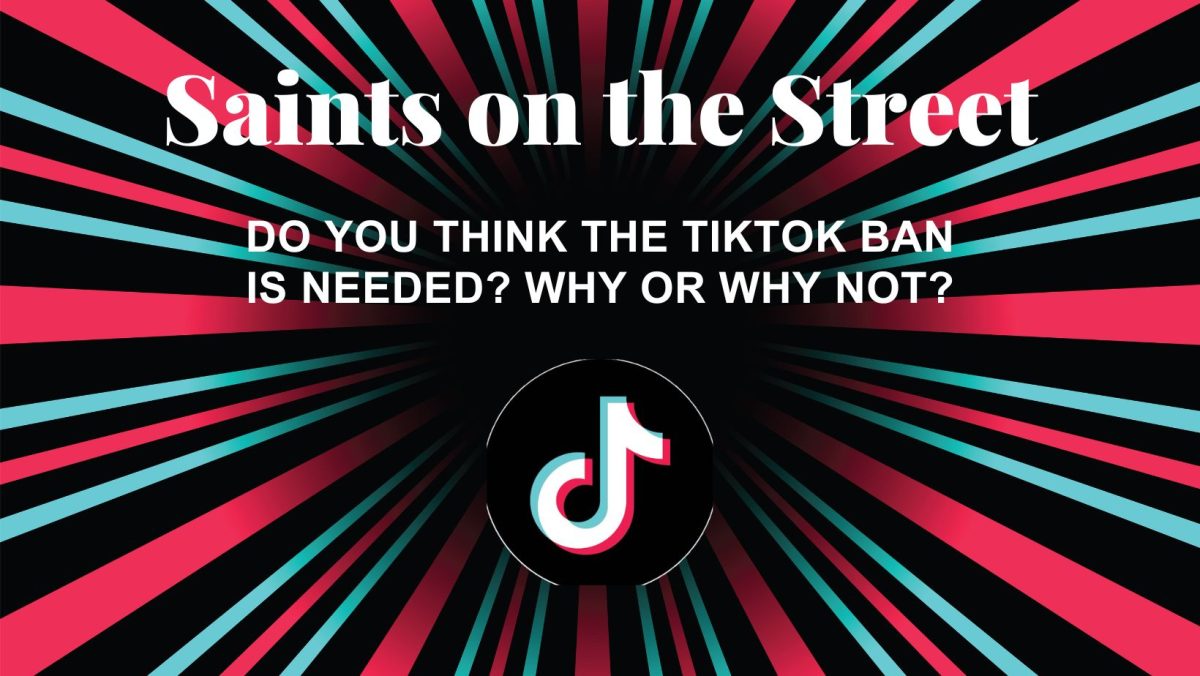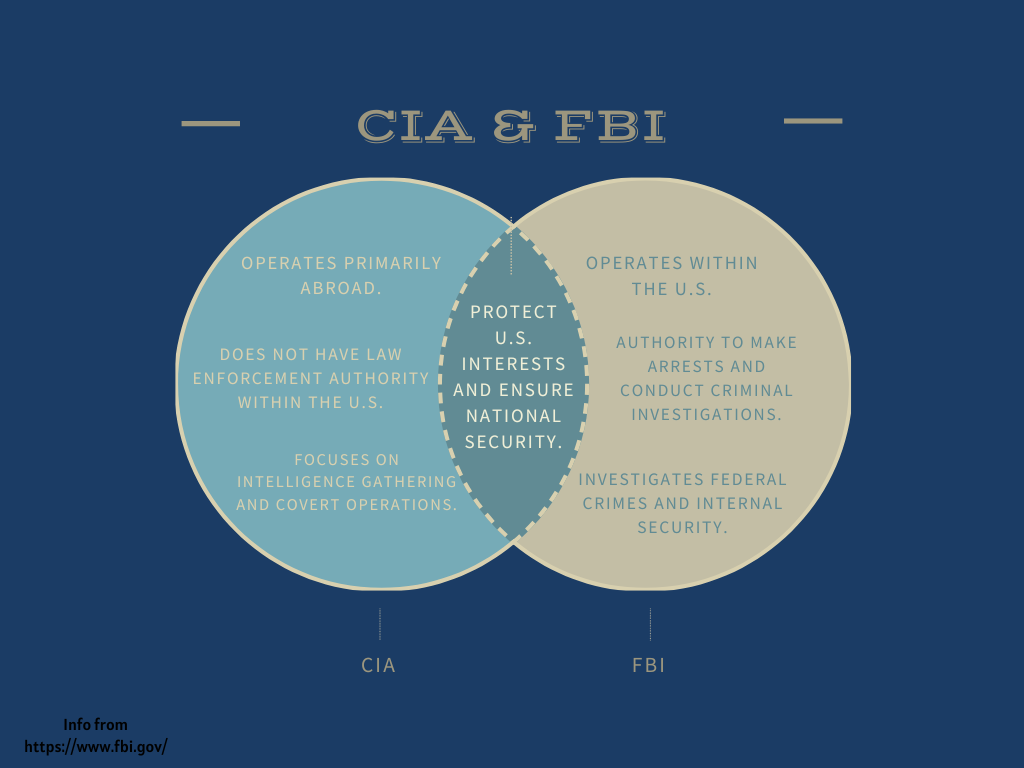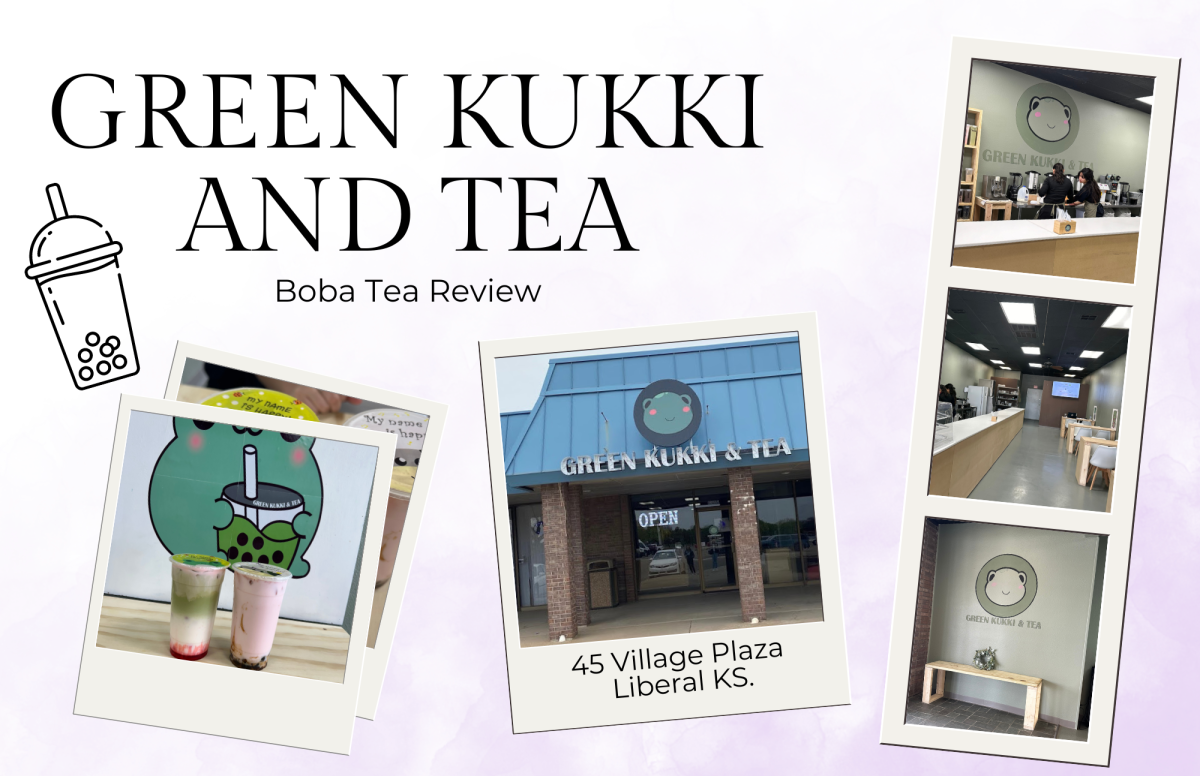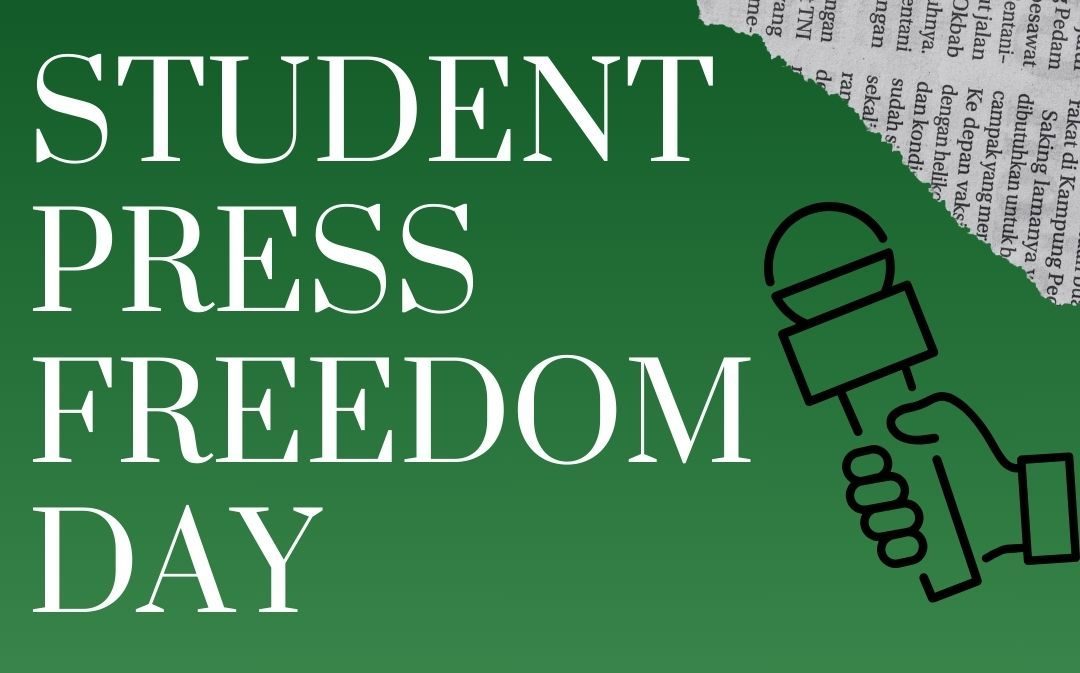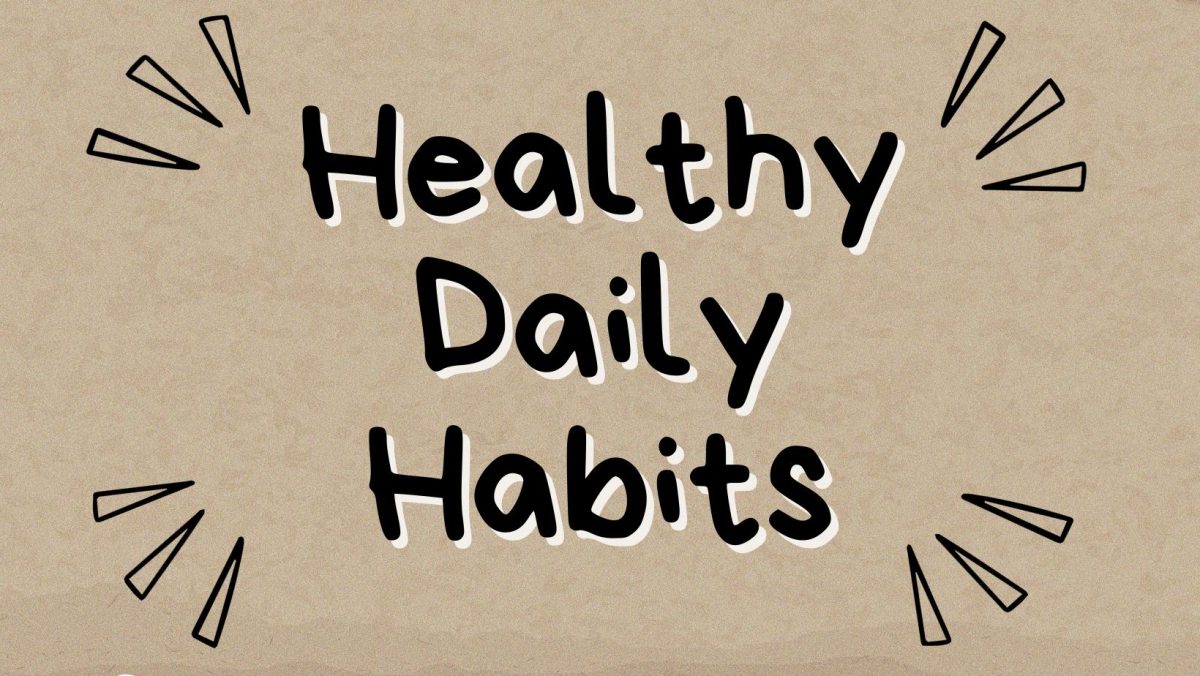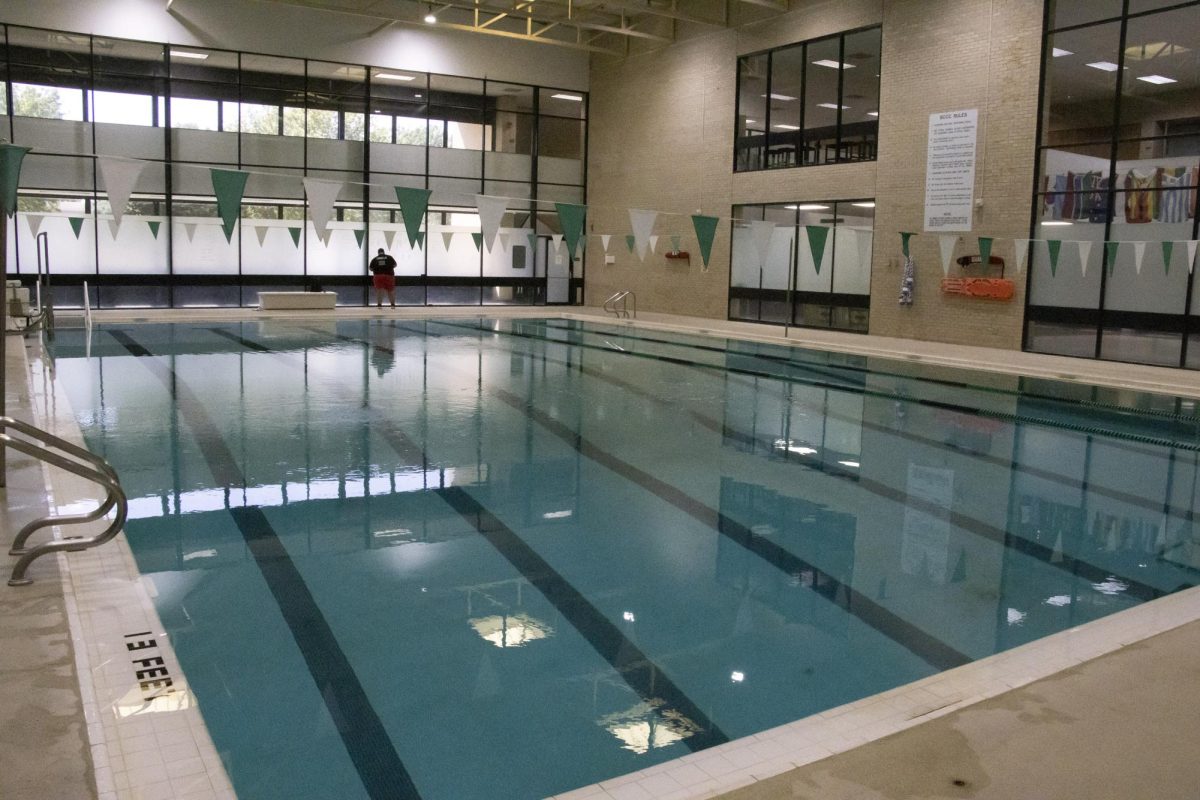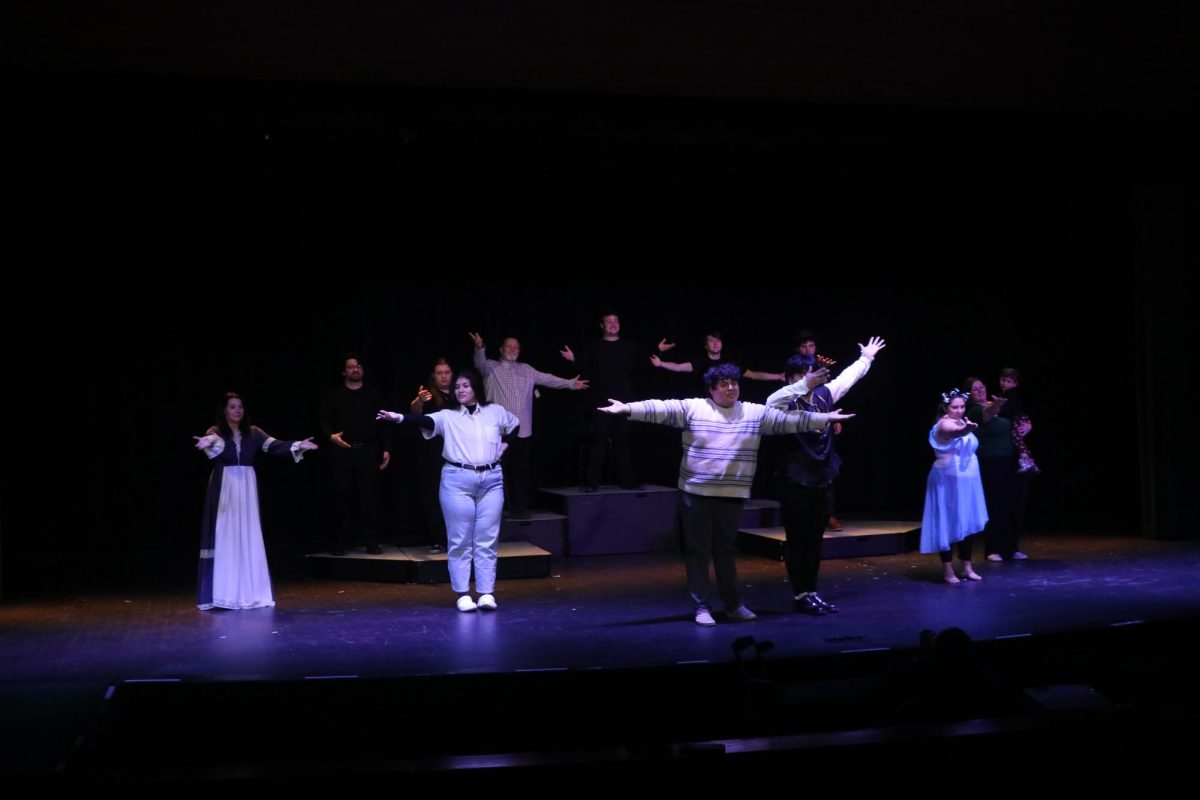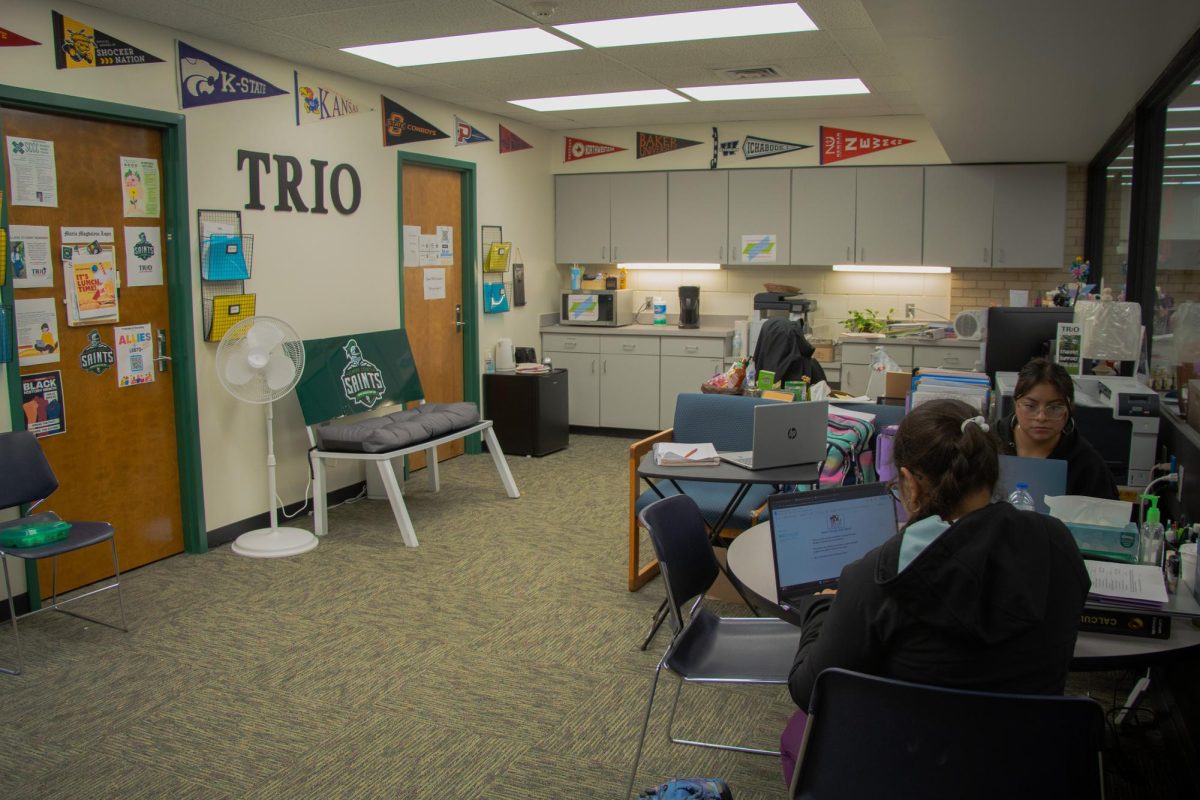While Liberal lags behind top cycling cities like Austin, Texas, Portland, Ore, and Boulder, Colo, it has become increasingly biker friendly in recent years.
With 10.3 miles of bike routes available in Liberal, becoming a part of this growing fad is more accessable than ever.
Bicycling dates back to 1816 when Karl Friedrich coined it the “dandy horse,” and since has proven beneficial to the body, wallet, and environment.
Some SCCC students are kept off the road because they do not own a bike. Others do not cycle because they do not want to go alone.
The first step to becoming part of the biking community is simply acquiring the right gear for the job. Bicycles can range in price from $80 to upwards of $10,000. To prevent buyer’s remorse, take into consideration the variety and styles available to cyclists. For example, leisure and style are best met with either a hybrid or cruiser style bike.
If calorie burning and competitive racing sounds exciting, consider investing in road or racing bikes. Avid and well known U.S. Cycling professional Lance Armstrong, a seven-time winner of the Tour de France, reportedly spends more than $12,000 for his carbon fiber Trek’s.
Whether bicycling is a hobby, form of exercise, or a competitive endeavor, a bicycle is out there to fit anyone’s needs.
If the price is discouraging, consider this. The average American household, according to the Bureau of Transportation Statistics 2010, spends $7,179 per year on cars. However, one 10-mile round trip replaced by bicycling saves approximately $10 per day, offsetting about half of the original price of driving a car. Cycling can also have a major impact at the national level.
The government spends about $1.50 per person annually to construct bicycling paths across the country. The cost of constructing just one mile of four-lane freeway costs taxpayers $50 million, which is enough for 1,000 miles of bicycle lanes. In other words, Americans could help save the economy and mend the debt crisis by simply easing up on the gas and pressing down on the pedal. Major gains may also be made from an environmental standpoint. According to United States Environmental Protection Agency, for every mile that is replaced by a cycler, about 1 pound of CO2 is saved.
For the actual cycler; it improves cardio-vascular fitness, increases muscle tone, and reduces stress all while eating up major calories.
Healthstatus.com will calculate the exact calories burned.
While the health benefits of bicycling outweigh the risks 20 to 1, it is important to stay safe.
Following these few rules will insure every outing is enjoyable and injury free.
- Get out of the gutter, riding closer to the middle of the lane forces drivers to pull out and around.
- Make eye contact with drivers and wear bright clothing. This helps insure that cyclers have been seen, and it is safe to turn or cross an intersection.
- Take ‘smart’ routes that eliminate traffic.
- Always hook thumbs around the handle bars to prevent being jostled by unexpected obstacles on less traveled byways.
- Never wear headphones, and always remain alert.
- Wear a helmet.
Local experienced cycler Doug Miller warns, “There are two kinds of bicyclists: those who have fallen and those who are going to fall.”





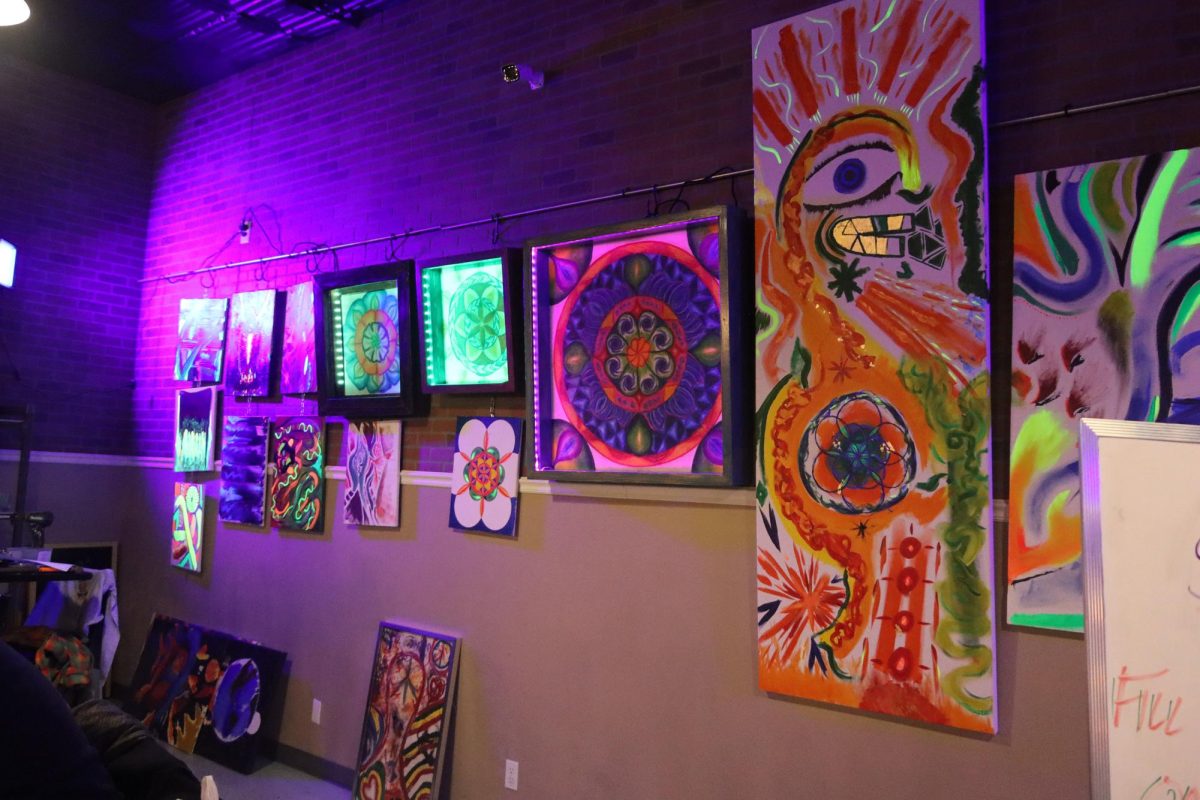
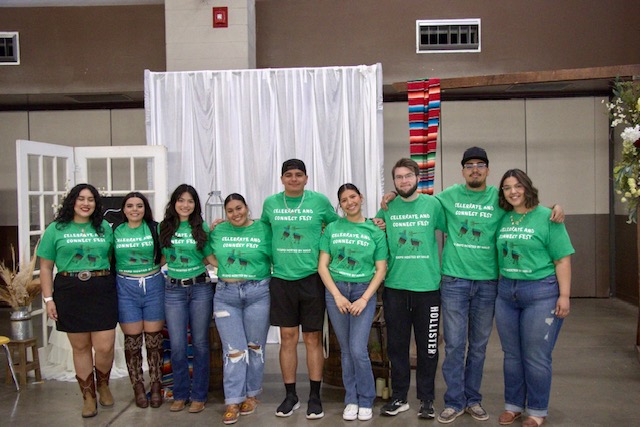
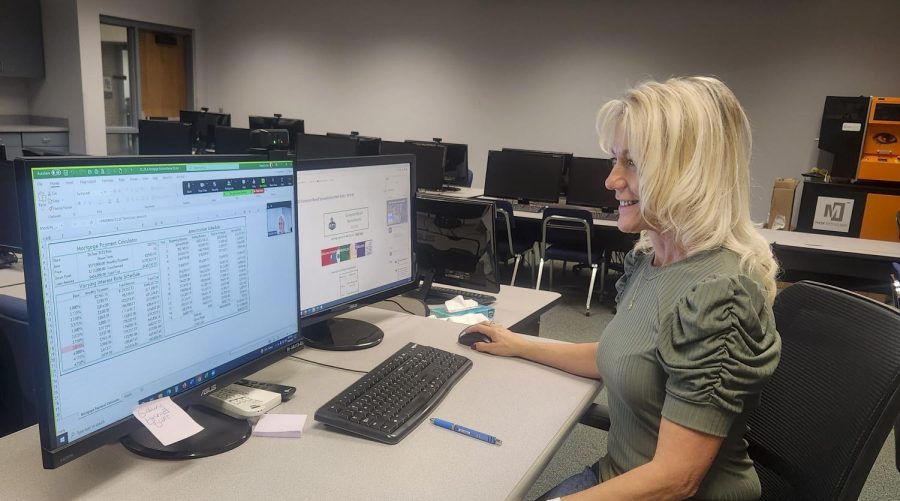


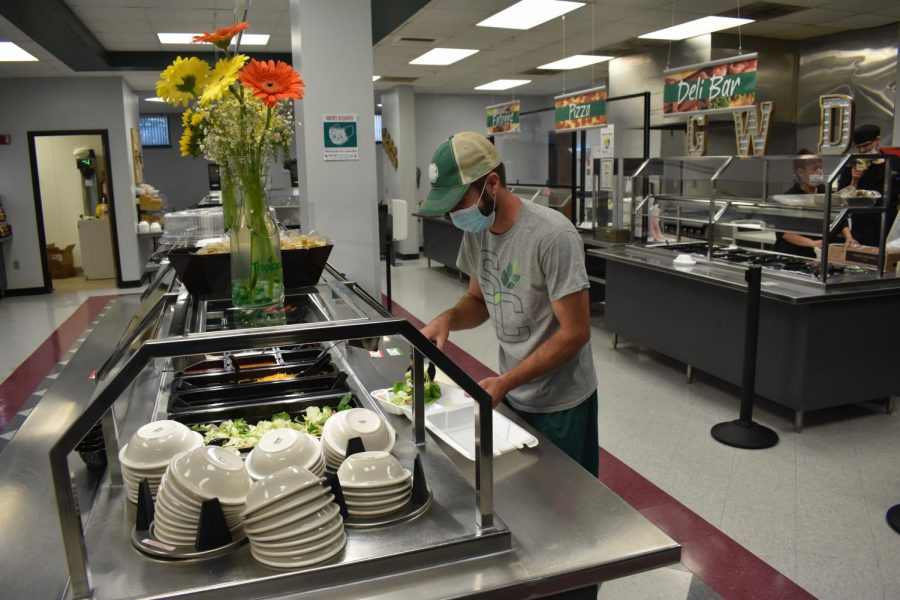



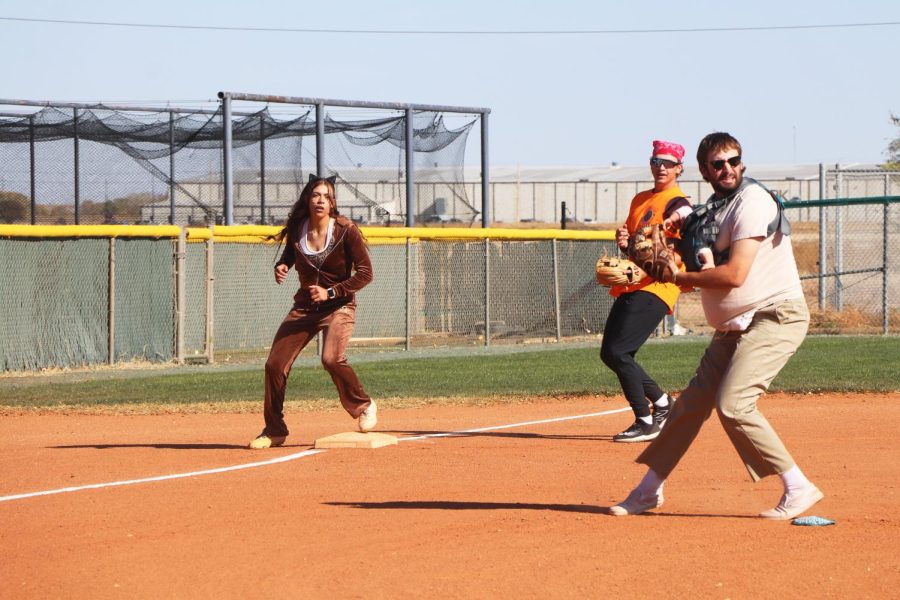
![The sophomores were recognized on the field instead of walking across the stage during their doubleheader. They received their diplomas and a picture of themselves playing during their career at Seward. [Pictured left to right are Dylan Day, Reed Thomas, Jase Schneider, Mason Martinez, Gannon Hardin, Brody Boisvert, and Zach Walker]](https://crusadernews.com/wp-content/uploads/2022/05/WEBDSC_0275-900x454.jpg)
